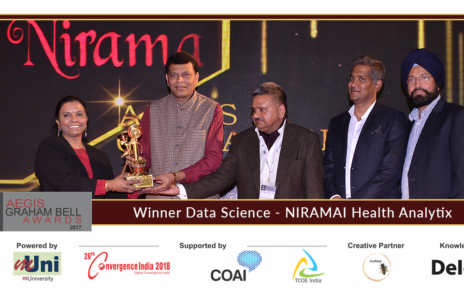The R programming is a scripting language developed by and for statisticians. R first appeared in the 1990s and has served as an implementation of the S statistical programming language. R was created by Ross Ihaka and Robert Gentleman at the University of Auckland, New Zealand, and is currently developed by the R Development Core Team.
Data Scientist (n.): Person who is better at statistics than any software engineer and better at software engineering than any statistician. — twitter @josh_wills
The top advantages of R that makes it popular among data scientists:
- R is a free software
R is free and open source software, allowing anyone to use and, importantly, to modify it. R is licensed under the GNU General Public License, with copyright held by ‘The R Foundation for Statistical Computing’.
- R run on several operating systems
R supports several operating systems and varied Software/Hardware. It is popularly used on GNU/Linux, Macintosh, and Microsoft Windows, running on both 32 and 64 bit processors.
- R packages update very frequently
R is one of the most advanced statistical programming languages using world-wide by several statisticians for data analysis. It is one of the scripting language revising on every couple of months with new packages and updated features.
- R has an extensive graphic capabilities
R is a fully programmable graphical language with outstanding features. R programming language has impressive sophisticated graphical capabilities that are incomparable with any other statistical language.
- R supports thousand of packages
R contains thousands of packages relating to statistical analysis, spatial analysis, bioinformatics and data mining. It includes variety of functions for data manipulation, statistical analysis and modeling, graphics, developing machine learning models such as classification, clustering etc.
- R relates with other software’s and databases easily
R plays well with many tools, importing data from CSV, SAS, and SPSS, or directly from Microsoft Excel, Microsoft Access, Oracle, MySQL, and SQLite. It can also produce graphics output in PDF, JPG, PNG, and SVG formats, and table output for LATEX and HTML.
Advanced Features
- Speed and scale in parallel systems
Revolution R Enterprise scales and accelerates R, running R scripts in a high-performance, parallel architecture that supports systems from workstations to clusters and grids including Hadoop and enterprise data warehouses.
- Big Data
The open source RHadoop project that includes rhdfs, rhbase and plyrmr also includes a package rmr2 that enables R users to build Hadoop map and reduce operations using R functions.




